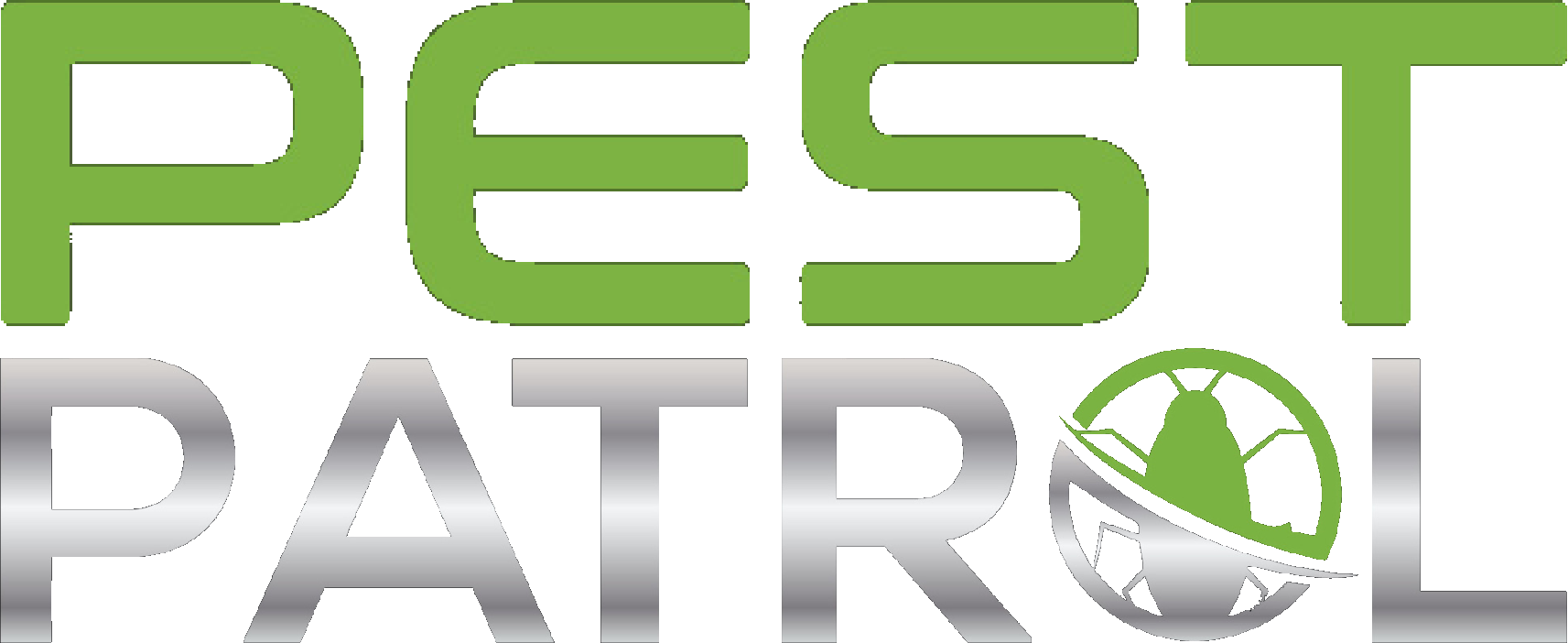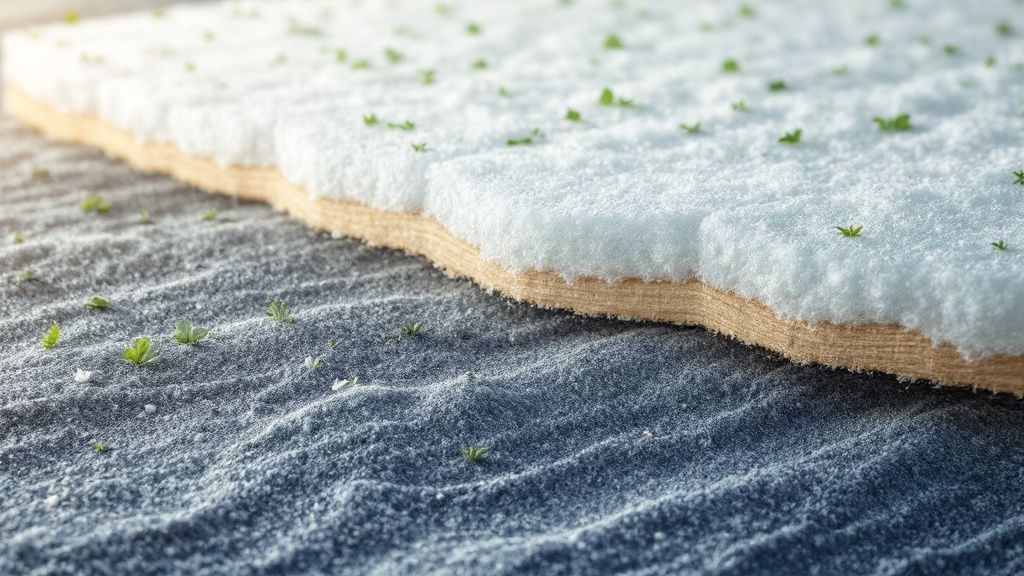When you think about improving your home’s efficiency and safety, pest resistant insulation emerges as a vital solution. This remarkable product is designed to keep your living space not only thermally comfortable but also free from unwelcome critters. By selecting insulation materials crafted to serve as a barrier against pests, you’re embracing a proactive approach to pest control insulation. Such insulation is specially treated to maintain its integrity against gnawing invaders. Whether it be pest resistant foam insulation or other types of pest resistant insulation, these solutions offer peace of mind with minimal upkeep. As you explore how to install pest resistant insulation, you’ll find that the benefits are manifold—from effectively reducing energy costs to offering superior pest prevention. Embracing the best insulation for pest control ensures your home remains a fortress against unwanted guests, enhancing your overall living environment efficiently and sustainably.
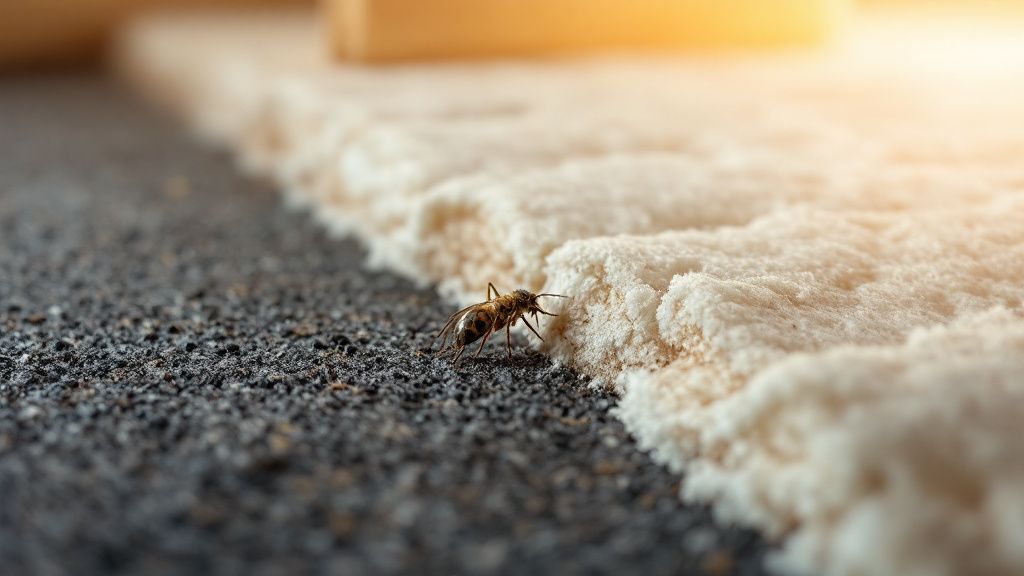
Understanding Pest Resistant Insulation
Pest resistant insulation represents a smart choice for those looking to combine home efficiency with pest prevention. This specialized insulation acts as a dual tool, keeping homes warm while deterring insects and rodents. With options like pest resistant foam insulation, you’re choosing materials that withstand common pests’ destructive tendencies. These materials have been carefully formulated to ensure their effectiveness, making them the best insulation for pest control across various environments.
Different types of pest resistant insulation cater to diverse needs and preferences. Whether you opt for foam, cellulose, or other innovative solutions, each type boasts unique properties tailored to enhance pest control insulation. These options not only help in temperature regulation but also contribute to a pest-free living space, emphasizing the multiple benefits of pest resistant insulation.
Understanding how to install pest resistant insulation is crucial for maximizing its benefits. Proper installation ensures that the insulation acts as a comprehensive barrier, effectively safeguarding against both energy loss and pest infestation. By paying close attention to installation guidelines, you can optimize the longevity and performance of your chosen insulation materials.
In the coming years, the demand for pest resistant insulation is likely to surge as more homeowners recognize its dual benefits. As awareness grows, this form of insulation is set to play a key role in sustainable home improvement strategies, offering an eco-friendly and effective solution for pest control.
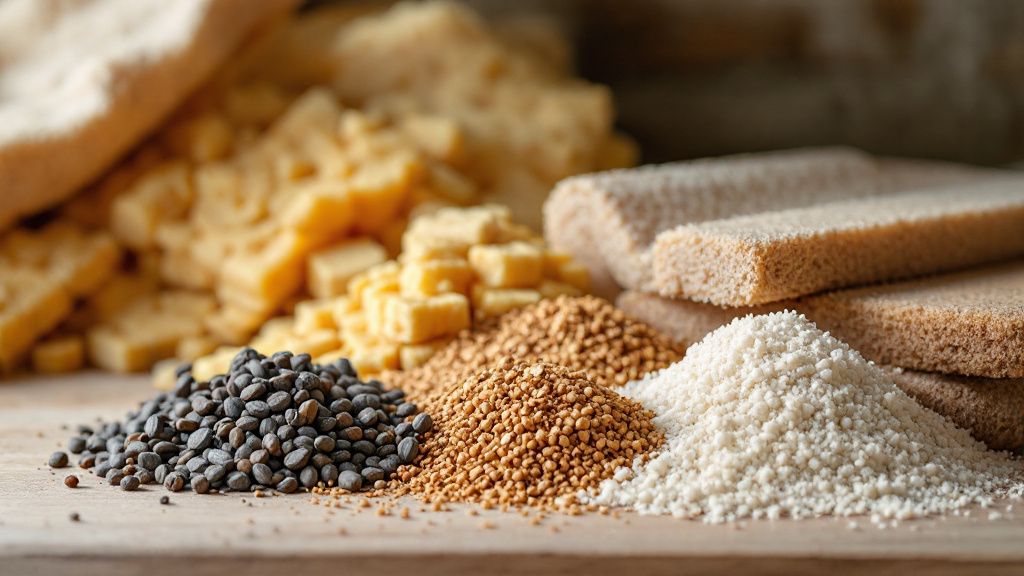
Types of Pest Resistant Insulation Materials
When exploring types of pest resistant insulation materials, it’s crucial to understand what makes each option unique. One popular choice is pest resistant foam insulation, which is known for its flexibility and effectiveness in filling gaps and crevices. This type of insulation not only provides excellent thermal resistance but also acts as a robust barrier against small intruders seeking entry into your home.
Cellulose insulation is another highly-regarded option for pest prevention. Treated with borate, a natural pest deterrent, cellulose boasts impressive fire resistance as an added benefit. This insulation material is often considered eco-friendly, as it’s made from recycled paper products. Its dense composition makes it difficult for pests to create nests, setting it apart as a formidable choice for homeowners.
Another option to consider is fiberglass insulation, particularly varieties that incorporate pest-repelling additives. While traditionally used for thermal regulation, these enhanced fiberglass products are designed to discourage pest infestations. This makes it a versatile choice, balancing energy efficiency with the added assurance of pest control insulation, which protects your environment from potential invaders.
Innovative insulation options like mineral wool also contribute to pest resistance. Mineral wool is resistant to moisture and fire, two factors that inadvertently contribute to pest attraction. Its unique structure deters rodents and insects, making it a compelling part of the best insulation for pest control efforts. This variety adds both safety and protection, seamlessly integrating into a comprehensive pest prevention strategy.
One unpopular opinion about pest resistant insulation suggests that some may overestimate its pest control capabilities. While these materials significantly reduce the risk of infestation, they should be part of a broader pest management plan. Combining these insulation materials with regular home maintenance ensures a fortified defense against pests, optimizing both energy efficiency and the overall comfort of your home.
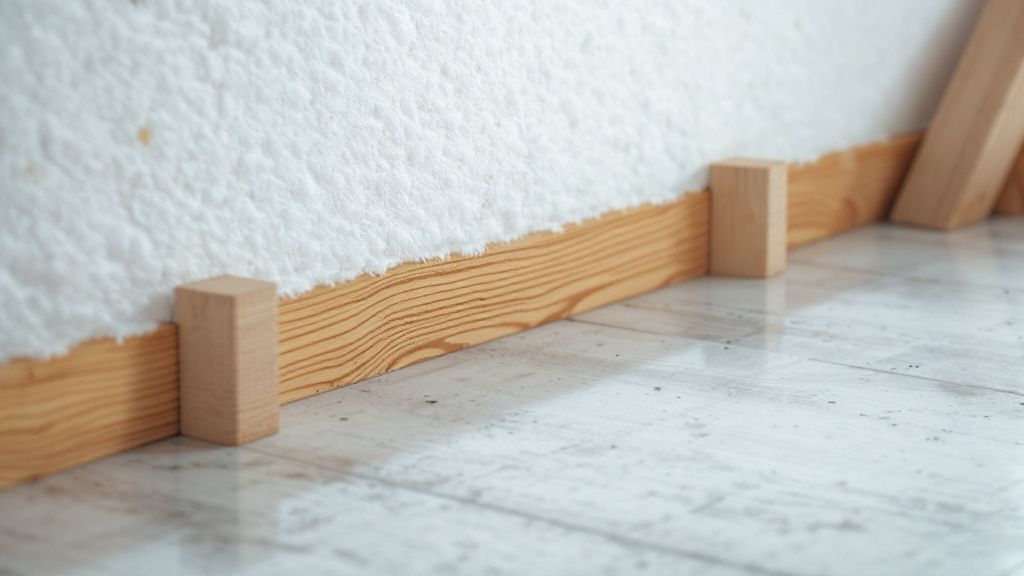
Benefits of Using Pest Resistant Insulation
Pest resistant insulation is becoming an essential component for homeowners seeking efficiency and peace of mind. This type of insulation provides dual benefits—it enhances thermal comfort while minimizing the likelihood of pest infestations. By choosing materials specifically designed for pest prevention, you invest in a more sustainable home environment that requires less maintenance and offers greater long-term protection.
One of the standout advantages is energy efficiency. Pest control insulation helps maintain optimal temperatures, reducing the need for excessive heating or cooling. This results in lower energy consumption and utility bills. Additionally, by obstructing pest entry, it diminishes the potential damage that pests could inflict, thereby preserving the integrity of your property over time.
Pest resistant foam insulation, among others, provides an impenetrable barrier to pests, contributing to a cleaner, healthier living space. The benefits extend beyond pest prevention, as these materials often include properties that enhance fire resistance and noise reduction. This comprehensive protection makes pest resistant insulation a valuable investment for ensuring a secure and serene home environment.
Looking ahead, pest resistant insulation is expected to evolve by incorporating advanced technologies and sustainable resources. As innovations emerge, these materials will likely become more efficient and environmentally friendly, further enhancing their role in both pest control and energy conservation. This forward-looking approach ensures that pest resistant insulation remains crucial in modern home building and renovation strategies.
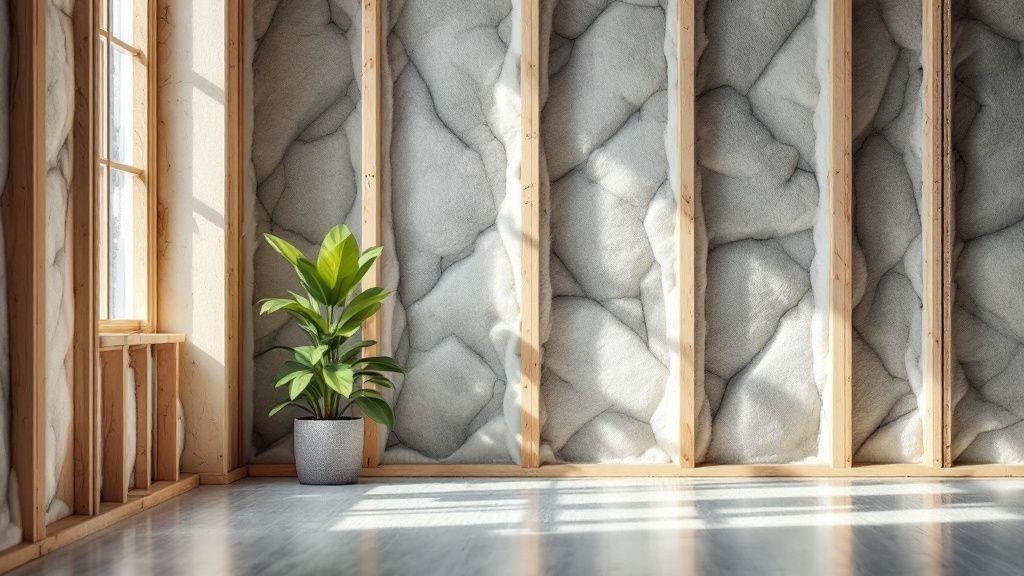
How Pest Resistant Insulation Contributes to Energy Efficiency
Pest resistant insulation plays a pivotal role in energy efficiency by offering dual protection against heat loss and pest infestation. When you employ insulation materials that resist pests, you create a more airtight seal within your home. This barrier minimizes drafts and prevents energy leaks, maintaining a consistent indoor temperature and reducing the strain on heating and cooling systems.
Using pest resistant foam insulation, for example, provides an effective thermal envelope. This insulation type fills gaps and crevices efficiently, enhancing your home’s overall insulation value. Less heat escapes during winter, and unwanted warmth is kept out in summer. This balance not only contributes to a comfortable living environment but also results in significant savings on energy bills.
The current state of pest resistant insulation shows a growing trend toward its adoption alongside energy-efficient practices. As homeowners become more environmentally conscious, combining pest control with energy conservation ensures a comprehensive approach to home improvement. This trend suggests that pest resistant insulation will continue to be a key player in creating homes that are both energy-efficient and pest-free, reflecting an evolution in how we maintain and protect our living spaces.
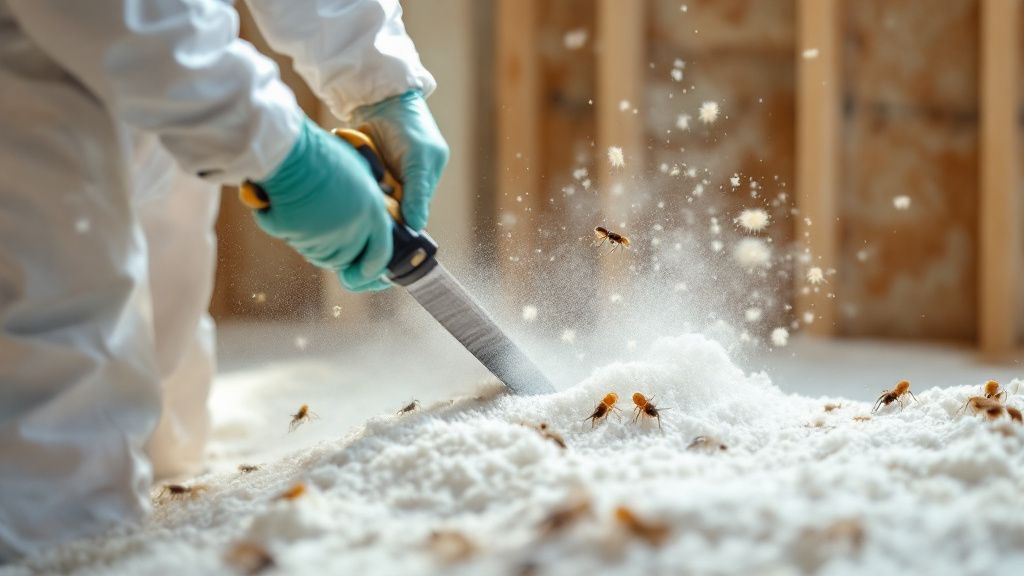
Eco-Friendly Pest Control
Eco-friendly pest control is an essential aspect of modern home improvement, merging environmental responsibility with effective pest management. By choosing pest resistant insulation, you’re actively reducing the need for chemical pesticides, thereby minimizing environmental impact. This approach leverages sustainable insulation materials to create a physical barrier against pests, aligning your pest control practices with eco-friendly values and leading to healthier living spaces.
For example, using cellulose insulation treated with natural pest repellents like borate provides a dual function: insulation and pest prevention. This eco-conscious choice not only protects your home from temperature fluctuations but also deters pests without harming the environment. Such insulation materials are made from recycled products, reducing waste and conserving resources, showcasing a commitment to sustainability in pest control.
Another sustainable option is pest resistant foam insulation, which seals securely in hard-to-reach spaces. Its ability to expand and adhere closely to surfaces creates an air-tight pest barrier. This prevents pests from entering and settling into your home, thus eliminating the need for more aggressive pest control measures. The use of such foam highlights the benefits of partnering pest management with energy efficiency.
By integrating eco-friendly pest control strategies through pest resistant insulation, you contribute to creating a healthier planet. The reduced reliance on toxic chemicals helps preserve biodiversity and reduces pollution. As awareness of environmental issues grows, choosing the best insulation for pest control reflects a broader societal shift towards sustainable living.
Installing types of pest resistant insulation in your home offers both personal and ecological advantages. These solutions not only protect against pests but also incorporate energy-saving capabilities. They stand as a testament to how thoughtful selections in home improvement can effectively address both environmental and pest-related challenges.
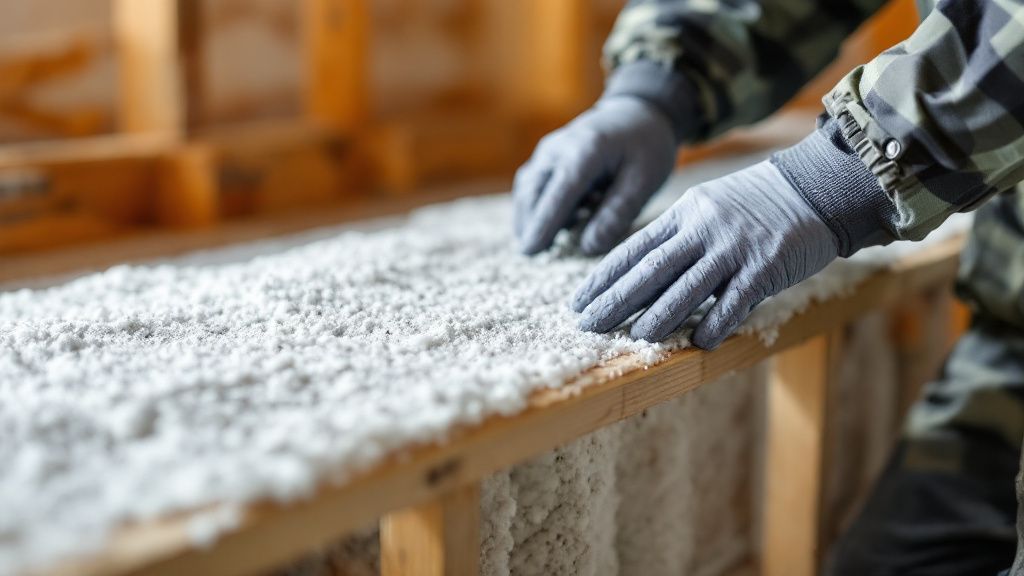
Installation Techniques for Maximum Efficiency
Proper installation techniques are vital for achieving maximum efficiency with pest resistant insulation. Ensuring an airtight and secure fit enhances both thermal performance and pest control capabilities. Targeting potential entry points, such as cracks and crevices, can make a significant difference. Installing pest resistant foam insulation precisely can seal these gaps effectively, stopping pests from infiltrating living spaces while optimizing energy retention.
On one hand, some experts believe that professional installation of pest resistant insulation is crucial for achieving optimal results. They argue that trained technicians have the skills and experience to ensure a flawless application, maximizing both pest prevention and energy efficiency. On the other hand, DIY enthusiasts claim that with the right guidance and tools, homeowners can successfully install these materials themselves, providing a cost-effective alternative.
Effective insulation for pest prevention includes understanding the specific needs of your home. Different types of pest resistant insulation might be appropriate depending on your climate, home size, and existing energy usage. Choosing the best insulation for pest control requires careful consideration of these factors to maintain a comfortable and energy-efficient living environment.
Knowing how to install pest resistant insulation ensures that you leverage its benefits fully. This involves carefully measuring and cutting materials to fit seamlessly, paying attention to the continuity of coverage. By focusing on meticulous installation, you not only enhance pest prevention but also improve overall household energy efficiency.
